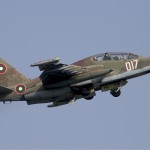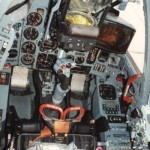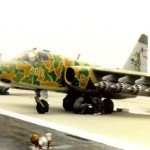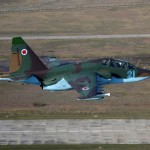
Speaking at an event Sunday, Indian Air Chief NAK Browne criticized the $34 million jets, but said they remained airworthy.”
“We have identified a Fly-By-Wire problem with the aircraft,” Browne said. “It is a design issue and we have taken it up with the designing agency.”
The Indian Air Force operates 190 Su-30s, more than all other users of the jet combined, including Russia, China, Indonesia, and Venezuela.
The country operates its own version of the plane, the Su-30MKI, which stands for “Modernizirovannyi, Kommercheskiy, Indiski” meaning “Modernized, Commercial, Indian”. The MKI features thrust vectoring and a multinational avionics suite with domestic components and parts from Israel, Russia, and France. It is called the “Flanker-H” by NATO, a derivative of the “Flanker” name given to the original Soviet Union Su-27 and its offspring.
The Indian report does not specify if the design flaw is with Sukhoi or its own customizations.
The “Flanker-H” is a very advanced modern fighter, but it has faced problems since its introduction in India. There were IAF Su-30 two crashes in 2009 and one in 2011. A pilot died in an April 2009 crash near Jaisalmer. Defense officials have identified the “failure of the fly-by-wire system” design flaw as the cause of that crash.
The other operating countries have not reported similar problems, but it can be presumed that the nations will look at their Su-30s after this report.







